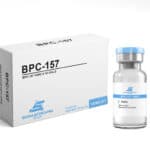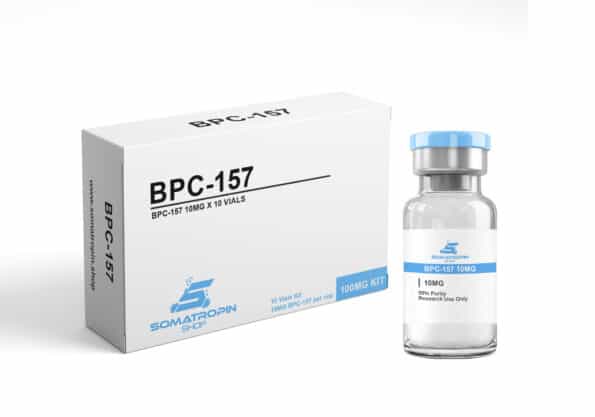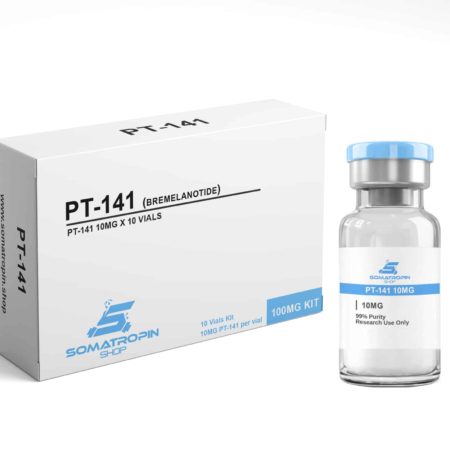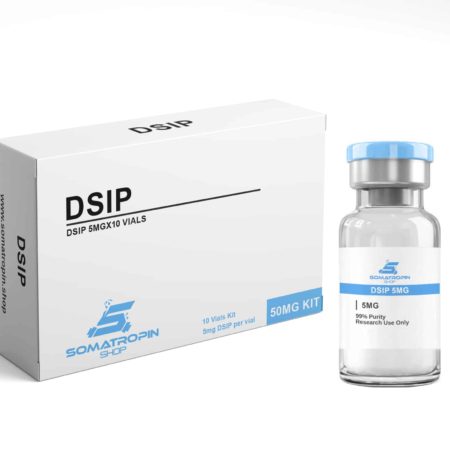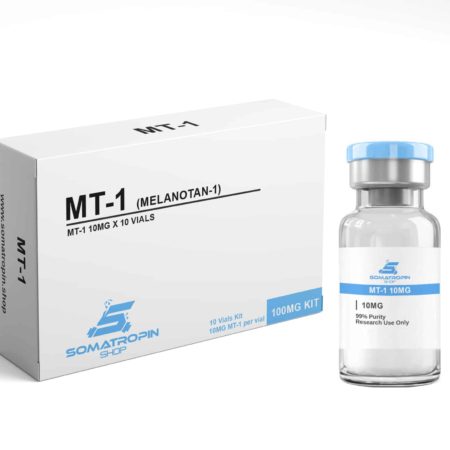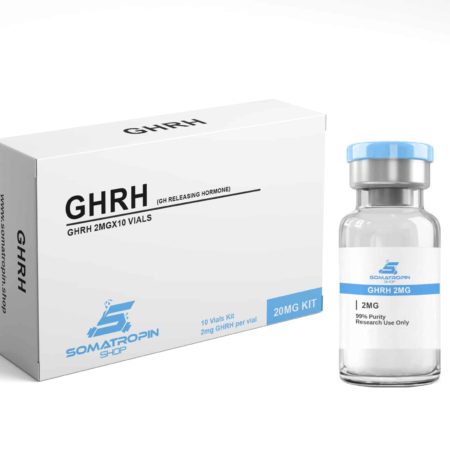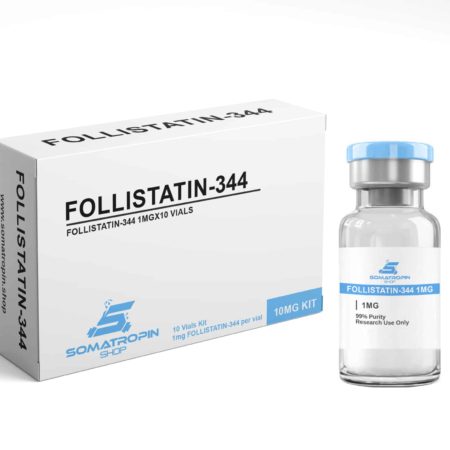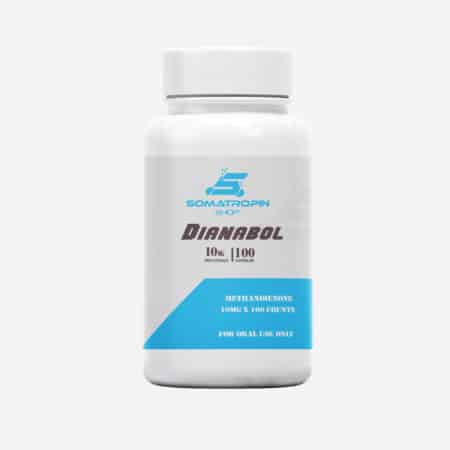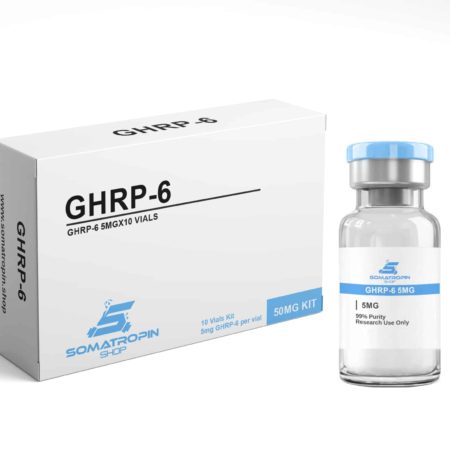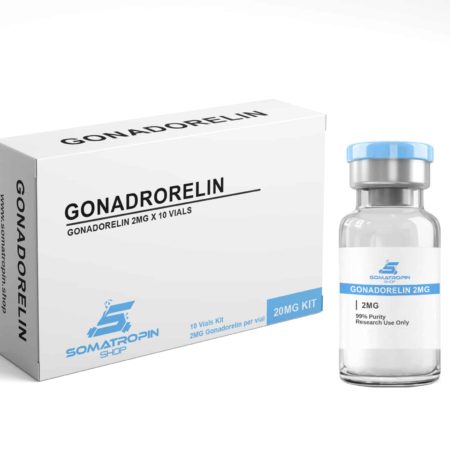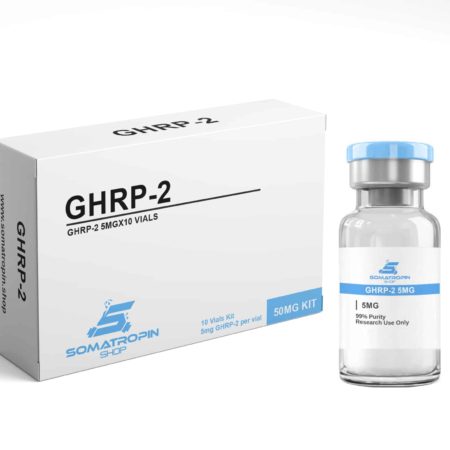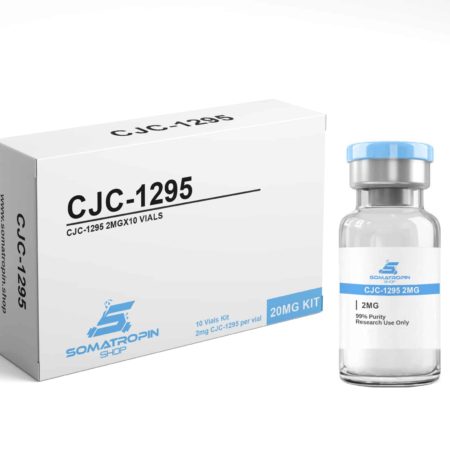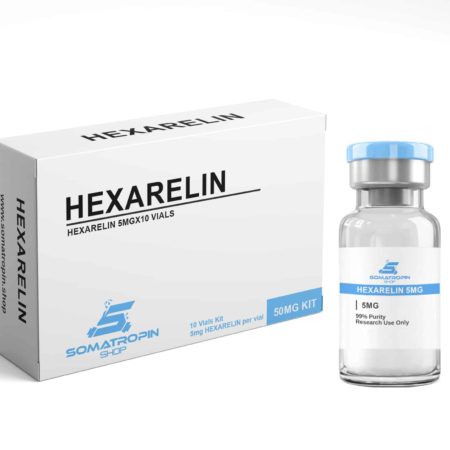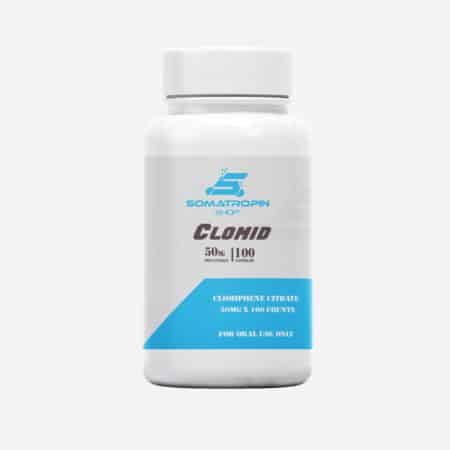BPC-157
$149 – $249
All Peptides are shipped non labeled
What is BPC-157?
BPC-157, short for Body Protection Compound-157, is a derivative of body protection compound (BPC). BPC is a protein found naturally in the human digestive tract. It plays a significant role in protecting the lining of the gastrointestinal tract from damage, promoting healing, and encouraging blood vessel growth.
Synthetic BPC-157, a pentadecapeptide comprising 15 amino acids isolated from the much larger BPC protein, has been found to retain many of the healing properties of its parent molecule. In particular, BPC-157 has been shown to have effects on:
- Wound Healing
- Blood vessel growth
- The coagulation cascade
- Nitric oxide generation
- Immune system function
- Gene expression
- Hormone regulation (particularly in the gastrointestinal nervous system)
BPC-157 Peptide Structure
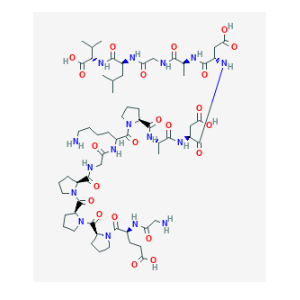
Sequence: Gly- Glu-Pro-Pro-Pro-Gly-Lys-Pro-Ala-Asp-Asp-Ala-Gly-Leu-Val
Molecular Weight: 1419.556 g/mol
PubChem CID: 108101
BPC-157 Peptide Research
1. BPC-157 and Wound Healing
The natural function of BPC in the GI tract is to maintain the integrity of the mucosal barrier that protects underlying tissues from the harmful actions of gastric acid, bile, and other compounds necessary for digestion and absorption of nutrients from food. At least part of this function is mediated through the recruitment of fibroblasts. BPC-157 has a dose-dependent effect on the spread of fibroblasts in culture and in vivo, causing the cells to both proliferate and migrate faster. Fibroblasts are integral to wound healing as they are the cells responsible for laying down extracellular matrix proteins like collagen, fibrin, elastin, and more.
2. Vascular Growth and Collateralization
BPC-157 is a potent angiogenic factor, increasing the rate at which endothelial cells (the cells that line blood vessels) proliferate and grow. Research in rats shows that the peptide substantially increases the rate of collateral blood vessel growth in the setting of ischemia. While this effect has been primarily observed in the GI tract, there is evidence for similar benefit in cardiovascular, neurological, and muscle tissues, suggesting that BPC-157 may be used as both a therapy in the setting of stroke and heart attack as well as a probative peptide for understanding how to promote healing following ischemic injury. Studies in chicken embryos suggest that at least part of the mechanism by which BPC-157 promotes vascular growth is through the stimulation of VEGFR2, a cell surface receptor active in the nitric oxide signaling pathway. VEGFR2 is thought to play an important role in endothelial cell growth, proliferation, and longevity.
Cell culture research has effectively demonstrated vascular “running” secondary to BPC-157 administration. Vascular running is the process by which vessels grow toward an area of injury or around an area of vascular occlusion to reestablish blood flow to distal tissue and protect cell function. This particular function of BPC-157 may make it possible to develop an effective oral treatment for slow-growing arterial occlusions, such as are seen in atherosclerotic heart disease. This area of research may one day render unnecessary surgical interventions such as stenting, coronary artery bypass grafting, and more.
3. Tendon Healing
Given its roles in fibroblast recruitment and blood vessel growth, it should come as no surprise that BPC-157 has shown positive findings in animal models of tendon, ligament, bone, and other connective tissue injuries. Tendon and ligament injuries are slow to heal, in large part, due to poor blood supply in these tissues. Poor blood supply slows the rate at which fibroblasts and other wound-healing cells can reach the area of injury and, ultimately, restricts the overall level of repair that can take place. Both in vitro and in vivo research involving rat tendons has shown that BPC-157 promotes collateralization and boosts fibroblast density in the setting of tendon, ligament, and bone injury. This research indicates that BPC-157 is more effective than bFGF, EFG, and VGF hormones in promoting healing in these tissues.
Experiments using FITC-phalloidin staining have revealed that BPC-157 is a potent stimulator of F-actin formation in fibroblasts. F-actin is critical to cell structure and function, playing an important role in cell migration. Analysis via western blotting indicates that BPC-157 increases phosphorylation of paxillin and FAK proteins, which are critical proteins in the cell migration pathway.
4. Antioxidant Properties
Research in rats has shown that BPC-157 can neutralize certain oxidative stress markers like nitric oxide and malondialadehyde (MDA). This makes BPC-157 a powerful antioxidant, a property of the peptide that is further supported by research showing that it can reduce the production of reactive oxygen species in the gastrointestinal tract. Research investigating whether modified lactococcus lactis bacteria can deliver BPC-157 to the GI system shows that the bacteria increases levels of the peptide dramatically in cell culture.
5. BPC-157 and Drug Side Effects
Often, the limiting factor in medical pharmaceutical use is side effects. NSAIDs, like ibuprofen, for instance, cannot be used for long periods of time because they increase gastric bleeding as well as the risk for heart attack. The ability to counteract side effects while leaving desired effects intact is a holy grail of modern medical research as it would improve therapeutic benefits for a number of drugs. BPC-157 has been found to counteract side effects of NSAIDs, medications used in psychiatric conditions, and a number of heart medications.
It should come as no surprise that BPC-157 helps to prevent many of the GI side effects that certain drugs are known for, but it is less intuitive that the peptide also protects against side effects in the brain, heart, and other tissues. Research in rats, for instance, shows that BPC-157 can protect against QTc prolongation in the heart, a condition that can lead to serious and even fatal arrhythmias. QTc prolongation is caused by drugs used to treat diabetes, schizophrenia, and other psychiatric conditions . Similarly, BPC-157 has been shown to prevent other side effects of psychiatric medications, including severe side effects like catalepsy and somatosensory disturbance. This latter benefit may make it possible to more adequately treat psychiatric conditions, which are notoriously difficult to treat, in part because patients often discontinue their medications secondary to severe side effects.
6. BPC-157 and Bees
Colony collapse disorder (CCD) is a syndrome in which entire colonies of honey bees experience rapid decline and, eventually, complete destruction. Causes of the condition are not fully defined, but at least part of the problem can be contributed to an infection in honey bee guts by the fungus Nosema ceranae. By supplementing the food that honey bees eat with BPC-157, researchers have shown a reduction in the damage the fungus causes in honey bee GI tracts and a concomitant increase in hive survival rates. These trials were carried out in natural field settings and offer the first significant oral treatment for reducing the impact of CCD on the most important pollinator for most food crops.
| Dosage | 20mg (2mg x 10 Vials), 50mg (5mg x 10 Vials), 100mg (10mg x 10 Vials) |
|---|
Related Products
PT-141, also called Bremelanotide (generic clinical name), is a heavily modified synthetic derivative of alpha-melanocyte-stimulating hormone. It has been tested in clinical trials as a treatment for both male/female hypoactive sexual desire disorder and acute hemorrhage. PT-141 is an agonist for the melanocortin-4 and melanocortin-1 receptors. Research shows that it promotes sexual arousal and stimulates the immune system.
100mg Kit
10mg X 10 Vials
All Peptides are shipped non labeled
All Peptides are shipped non labeled
Melanotan (MT-1) It is used clinically, to prevent sun-related skin damage (i.e. phototoxicity) from occurring in people suffering from erythropoietic protoporphyria. Though initially developed as a sunless tanning agent, melanotan 1 has been found to have a number of physiologic effects on blood pressure, feeding behavior, central nervous system function, and more.
100mg Kit
10mg X 10 Vials
All Peptides are shipped non labeled
GHRH (Growth Hormone Releasing Hormone)
20mg Kit
2mg X 10 Vials
All Peptides are shipped non labeled
10mg Kit
1mg X 10 Vials
All Peptides are shipped non labeled
GHRP-6 is a synthetic ghrelin/growth hormone secretagogue agonist. It has positive effects on appetite, heart muscle cells, scar formation, and sexual motivation. Animal studies show this orally active growth hormone secretagogue also improves memory function and may help to thwart the neurological effects of Parkinson’s disease.
All Peptides are shipped non labeled
Gonadorelin is a gonadotropin releasing hormone agonist that has shown benefit in the treatment of infertility and hypogonadism. Recent research suggests that gonadorelin may be useful in slowing the growth of breast and prostate cancer. Studies also show promise in the treatment of Alzheimer’s disease.
20mg Kit
2mg X 10 Vials
All Peptides are shipped non labeled
All Peptides are shipped non labeled
CJC-1295 No DAC is a truncated peptide analogue of growth hormone releasing hormone (GHRH). First developed in the 1980s, research studies with modGRF have shown it to improve muscle repair and growth, accelerate wound healing, strengthen bones, increase fat burning, and improve metabolism. It may also have beneficial effects on blood sugar regulation and the immune system.
All Peptides are shipped non labeled
Hexarelin is a synthetic analogue of ghrelin that shows benefit in heart disease and cardiac ischemia, protecting the heart following heart attack. Research has shown that Hexarelin also protects skeletal muscle against wasting and improves cholesterol and triglyceride levels.
All Peptides are shipped non labeled
Categories
Tags
- 100iu
- Anastrazole
- anti aging
- anti wrinkles
- Arimidex
- Bodybuilding
- cjc
- cjc1295
- cjc 1295
- Clomid
- cycle
- dianbol
- fat loss
- genotropin
- gh
- ghrp
- gnrh
- growth hormone
- hgh
- human growth
- human growth hormone
- hygetropin
- igf
- igf-1
- jenotropin
- kingotropin
- kit
- methanabol
- methandione
- mgf
- nordictropin
- norditropin
- orals
- pct
- peptide
- peptides
- primo
- Primobolan
- roid
- roids
- Sarms
- somatropin
- steroid
- steroids
- testosterone

